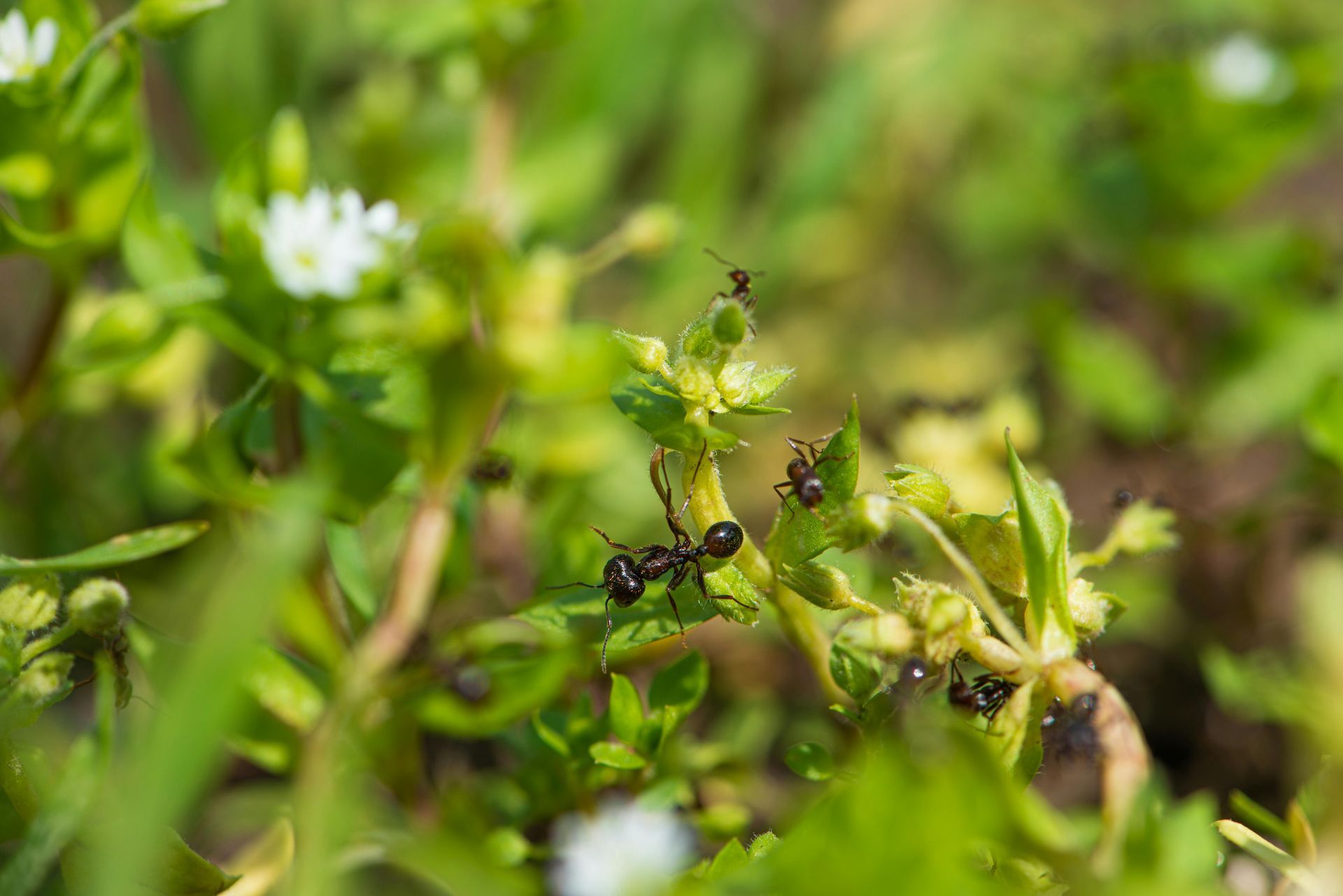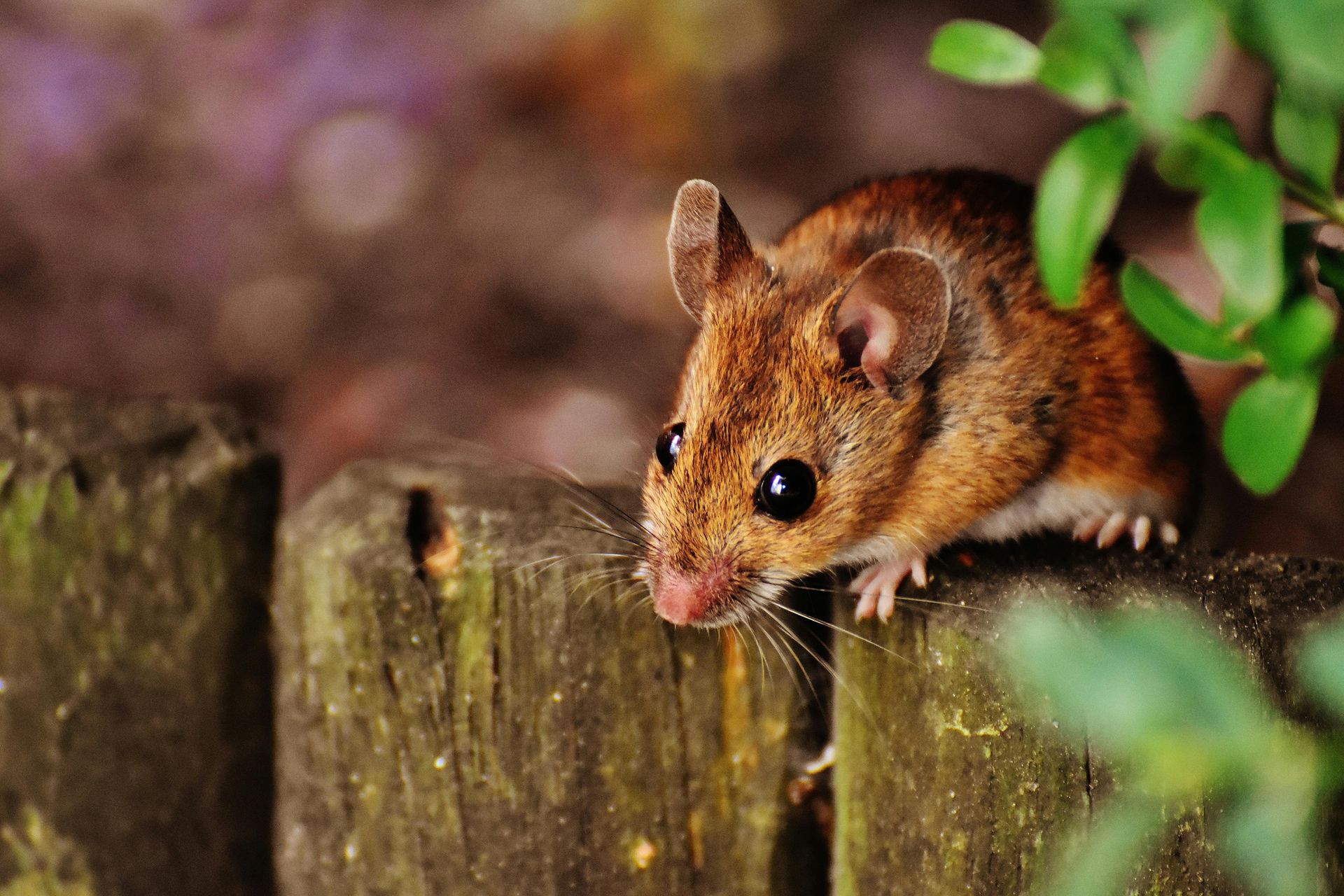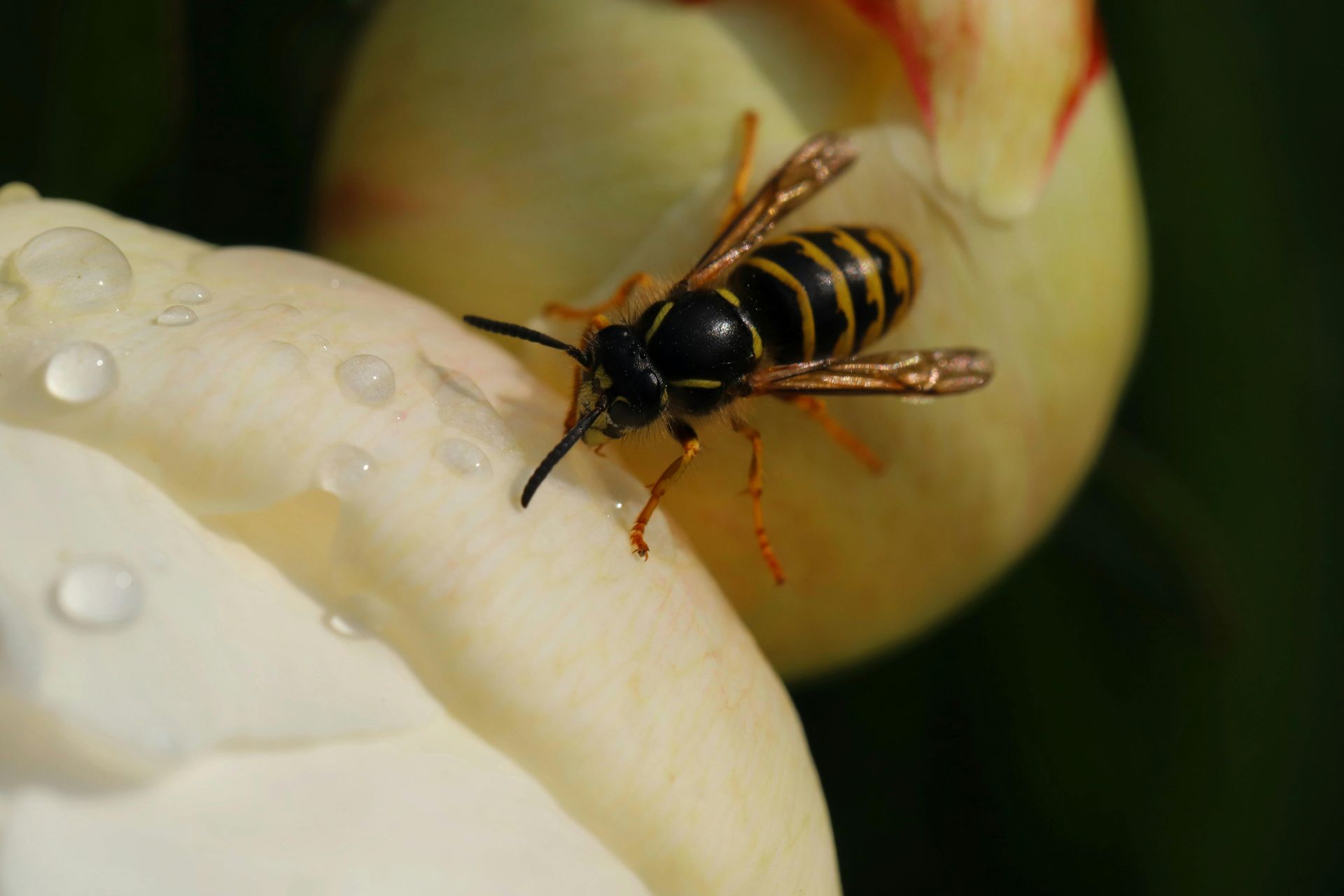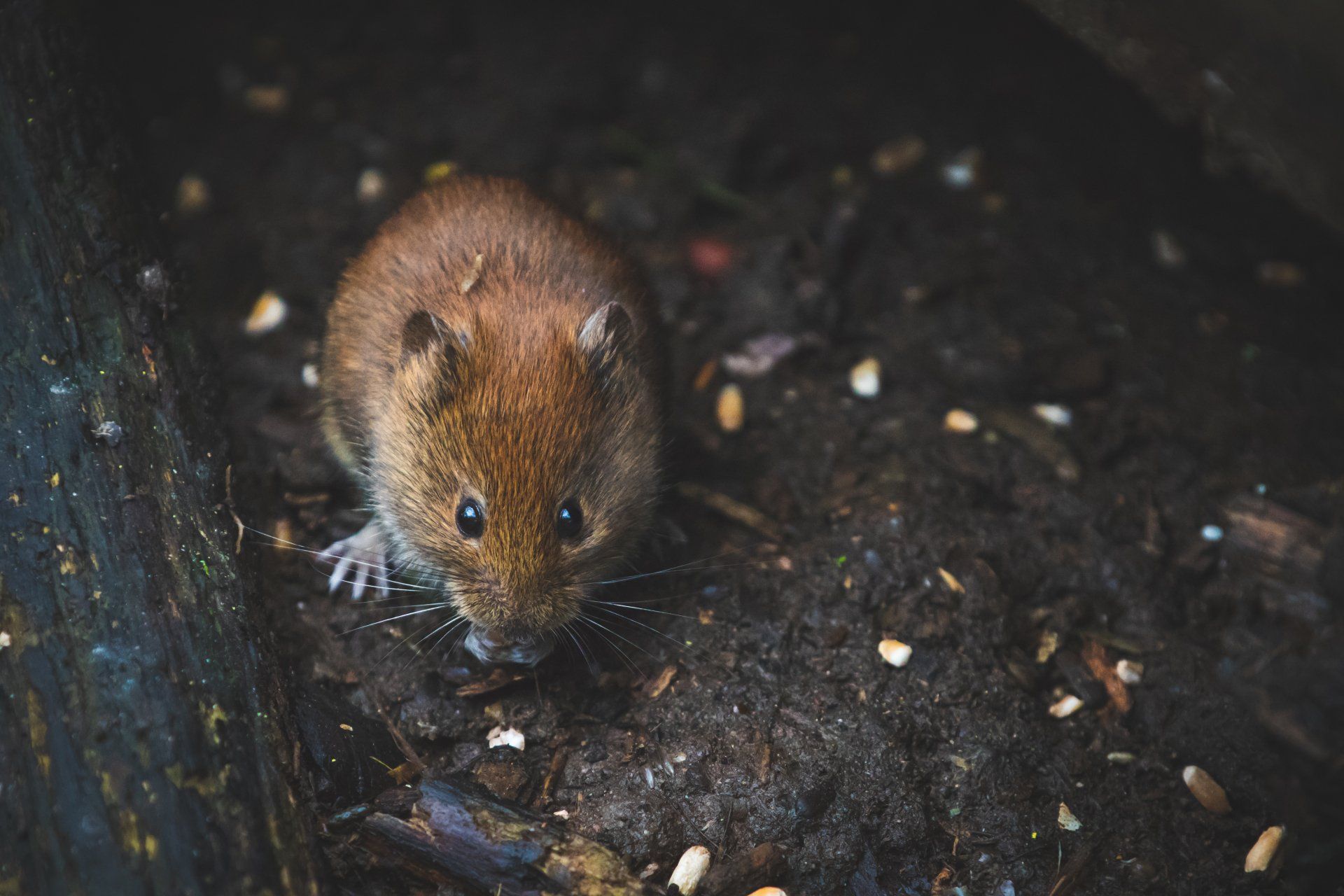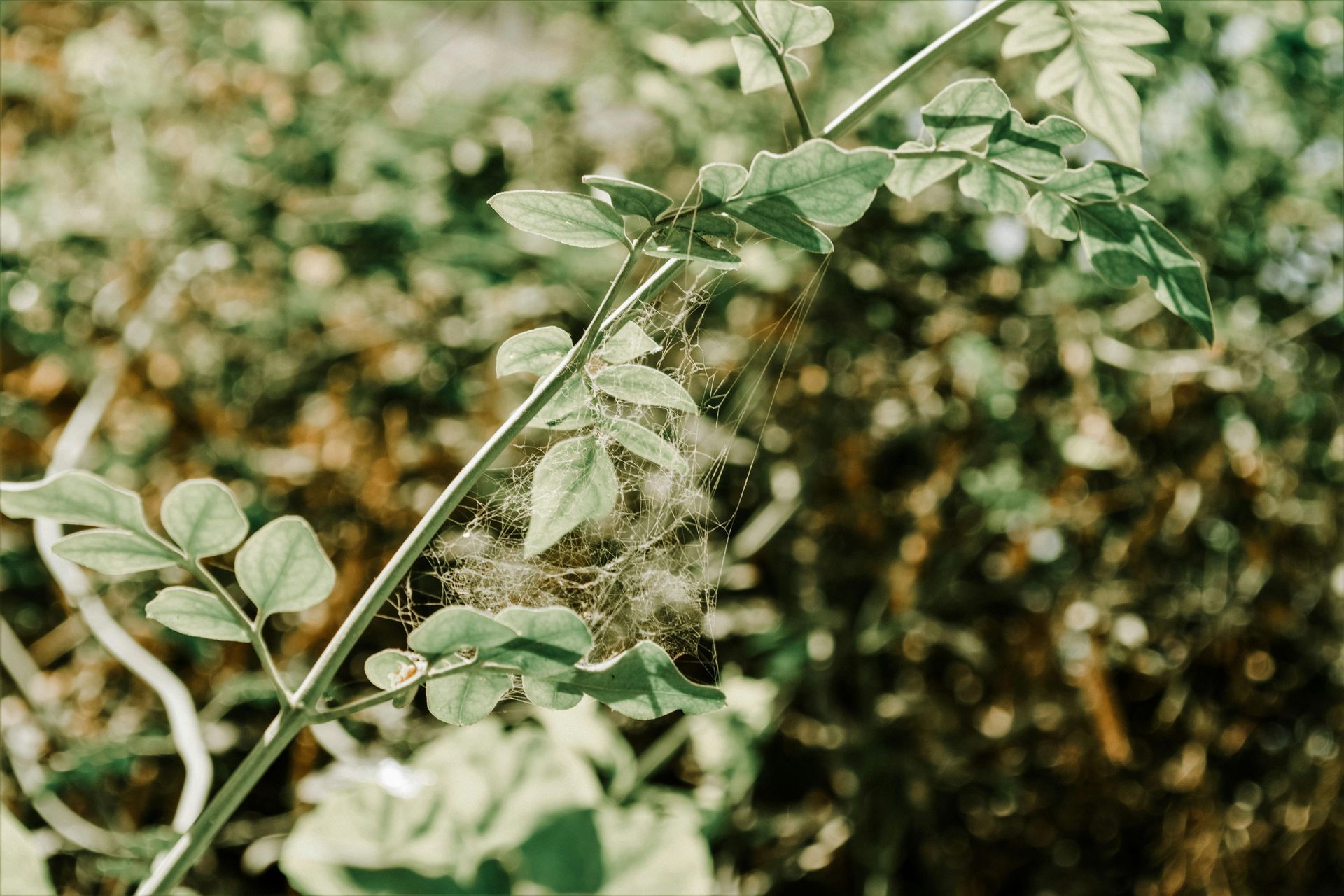Ant Fact Number Fourteen
jonathan ratautas • March 27, 2021
Wings that fall off? Bummer.

Just remember all those dreams of you flying? Good.
Now imagine if that was for real. You can fly anywhere! Best super power ever!
Ok. Now imagine those wings flaking off painfully as you watch your new superpower and future marvel career vanish right before your eyes.
Pretty much sums up how it is to be a queen ant.
Should've stayed pure my little ant friend.
Should've stayed pure.

